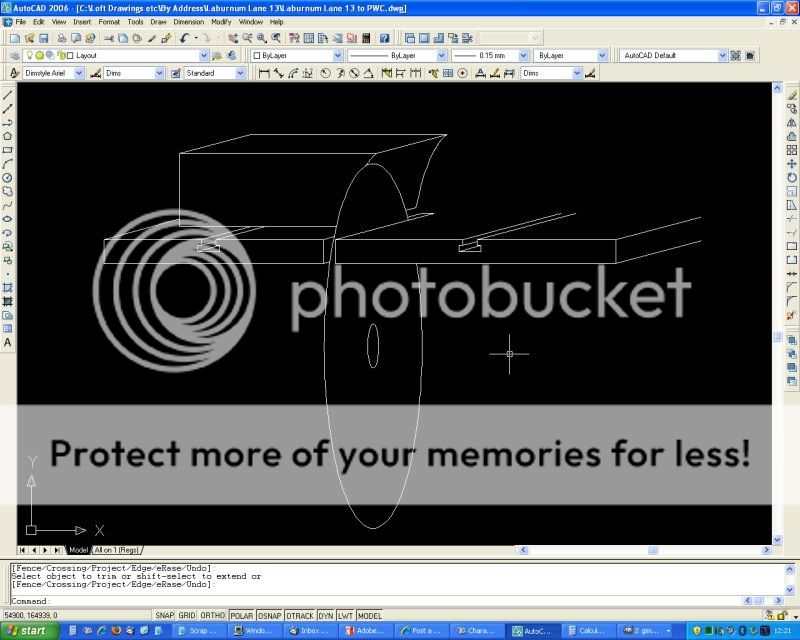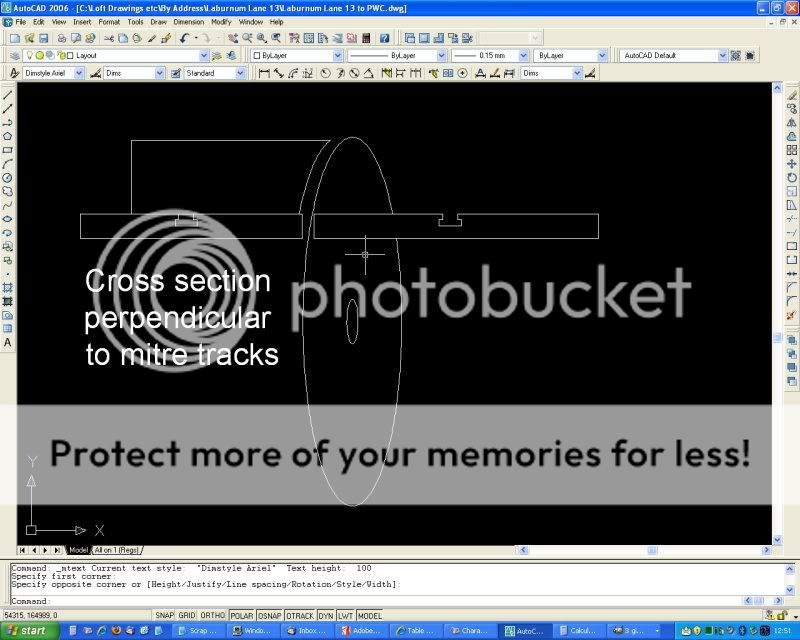Hi
I'm starting to put together my table saw I bought second hand a couple of months ago. I'm following the woodwhisper vids. First job is to align the mitre slots to the blade. I've used the adjustable set square method he describes, rotating the teeth to measure from the same tooth front and back. I've then screwed a dial gauge to my mitre gauge and done the same. It reads 2/100 to 3/00 of a mill out. Is this acceptable in general terms? Its hard to move the cast iron top with any degree of accuracy and this is the closest I've got it so far.
I want to use it to build cupboards, tables etc and be able to mitre accurately using the EB3.
I also don't want to have to redo it in a few weeks/months time because that will mean taking the cast iron wings and the rails off and having to redo the fence.
So is it accurate enough?
Mark
I'm starting to put together my table saw I bought second hand a couple of months ago. I'm following the woodwhisper vids. First job is to align the mitre slots to the blade. I've used the adjustable set square method he describes, rotating the teeth to measure from the same tooth front and back. I've then screwed a dial gauge to my mitre gauge and done the same. It reads 2/100 to 3/00 of a mill out. Is this acceptable in general terms? Its hard to move the cast iron top with any degree of accuracy and this is the closest I've got it so far.
I want to use it to build cupboards, tables etc and be able to mitre accurately using the EB3.
I also don't want to have to redo it in a few weeks/months time because that will mean taking the cast iron wings and the rails off and having to redo the fence.
So is it accurate enough?
Mark



































